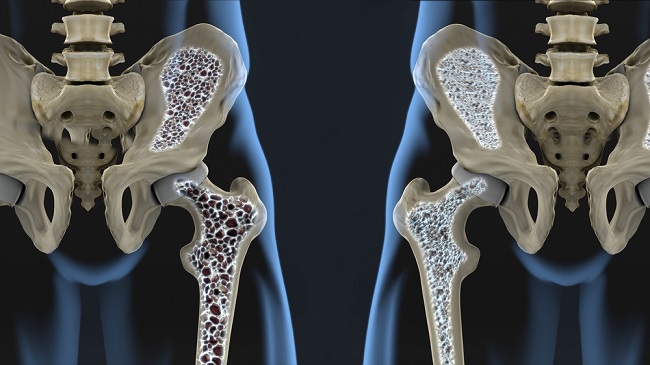Hydrops fetalis is a condition in which there is severe swelling of two or more parts of the baby's body in utero or newborn,For example, in the lungs and heart. This condition is a dangerous condition that can threaten the baby's life.
Several countries in Southeast Asia, including Indonesia, have a higher number of cases of hydrops fetalis than countries in Europe and America. This is due to the high frequency of cases of alpha thalassemia, a disease that affects the appearance of hydrops fetalis.

Types of Fetal Hydrops According to the Cause
There are two types of hydrops fetalis, namely immune and non-immune. Both have different causes. Here is the explanation:
Immune hydrops fetalis
This condition occurs due to a rhesus incompatibility, namely when the blood of the pregnant mother is rhesus negative and the blood of the baby in the womb is rhesus positive.
This discrepancy makes the immune system of pregnant women perceive the baby's blood cells as foreign objects that need to be destroyed. In severe cases, there can be severe accumulation of fluid in the baby's body to interfere with organ function. This condition is called hydrops fetalis.
However, immune hydrops fetalis can be prevented by early detection when pregnant women undergo prenatal care. If there is a rhesus incompatibility between the mother's blood and the baby's blood, the mother will be given Rh immunoglobulin
Non-immune hydrops fetalis
Non-immune hydrops fetalis is the most common type of hydrops fetalis, accounting for about 90% of cases. This condition is caused by the presence of certain diseases that interfere with the baby's body's ability to control body fluid levels.
Diseases that can cause hydrops fetalis are blood disorders, such as severe anemia and thalassemia; birth defects, such as congenital heart disease; genetic disorders, such as Turner syndrome; and metabolic disorders, infections, or tumors.
Signs of a Baby Suffering from Hydrops Fetalis
During pregnancy, hydrops fetalis can be recognized by too much or too little amniotic fluid, inactive baby movements, abnormal thickening of the placenta, and enlargement of several baby organs, such as the heart, liver, lungs, or spleen. These signs can be identified through ultrasound examination.
Meanwhile, in newborns, hydrops fetalis can be recognized by the following signs:
- Pale skin.
- Bruised spots on the skin.
- Severe swelling, especially in the abdomen.
- Enlargement of the liver and spleen.
- It's hard to breathe.
- Yellow skin and eyesjaundice).
Babies with hydrops fetalis have a higher risk of being born prematurely. The risk of infant death will increase if hydrops fetalis occurs in premature babies along with other conditions, such as congenital heart defects, birth defects, and lung swelling that makes it difficult for the baby to breathe.
Treatment for Fetal Hydrops
Handling hydrops fetalis is difficult to do while the baby is still in the womb. However, in some cases, doctors may perform blood transfusions to the fetus, especially an anemic fetus, to increase its survival rate.
Doctors may also give antiarrhythmic drugs, if the fetus with hydrops fetalis has heart rhythm abnormalities (arrhythmias).
If possible, babies with hydrops fetalis will be delivered sooner, either by stimulating labor using an induction procedure or by caesarean section.
After the baby is born, hydrops fetalis can be treated by:
- Suction excess fluid from the baby's body using a needle.
- Giving diuretic drugs to remove excess fluid through the urine.
- Giving oxygen or installing a breathing apparatus (ventilator) to help the baby breathe.
- Blood transfusion according to the baby's blood group, in immunological hydrops fetalis.
- Surgery to correct congenital abnormalities in the baby, or to remove tumors.
Hydrops fetalis is a dangerous condition that can be fatal to babies, both still in the womb and newborns. Therefore, it is important for pregnant women to carry out routine pregnancy checks to the obstetrician as a precautionary measure and early treatment of hydrops fetalis.









